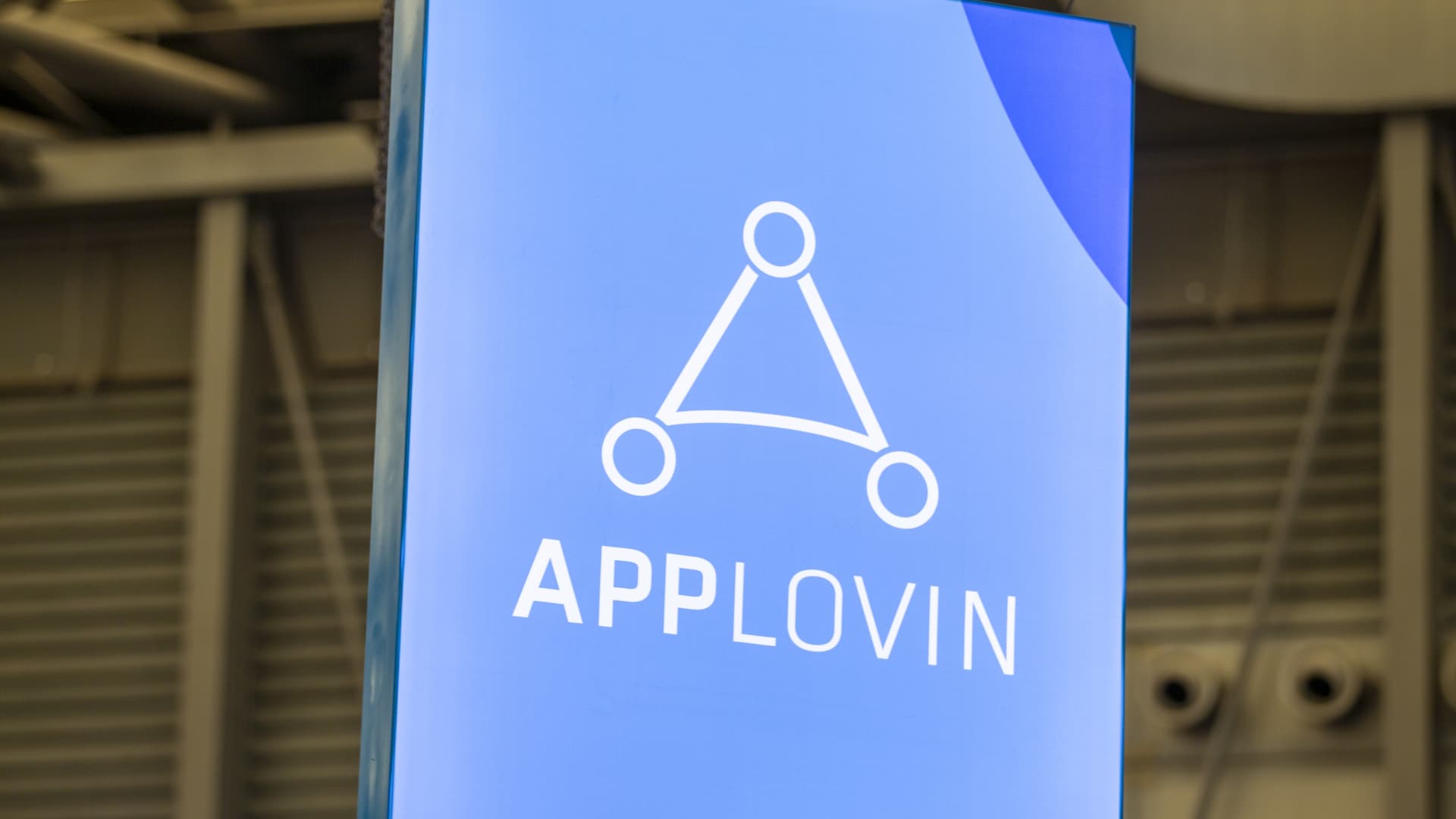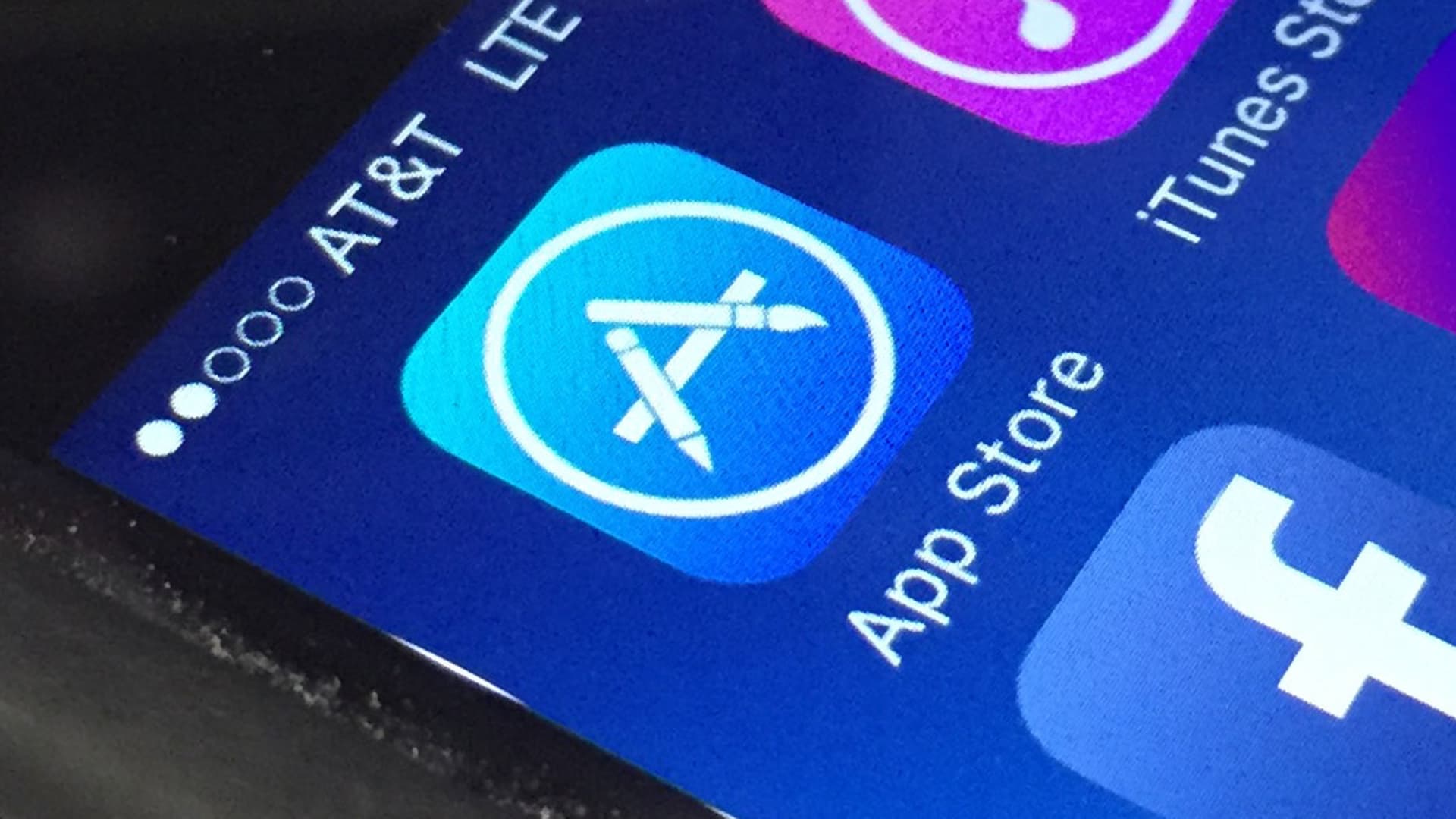Starbursts, smuggled coffee and Martin Shkreli: How CNBC reported the Sam Bankman-Fried trial


Just before 8 p.m. on Thursday, 12 jurors found Sam Bankman-Fried guilty of all seven counts against him. You could have heard a pin drop in the courtroom as the forewoman repeated the word “guilty” seven times in a row into a handheld microphone.
Bankman-Fried stood facing the jury box, neither flinching nor betraying any sort of emotion. In less than three hours of deliberation, jurors had swiftly come to the conclusion that Bankman-Fried had defrauded FTX customers, as well as lenders to its sister hedge fund, Alameda Research.
Bankman-Fried’s criminal trial was held in room 26b on the top floor of 500 Pearl Street, one of two federal courthouses of the Southern District of New York. The building fast became the de facto headquarters for many journalists over the last five weeks.
The courthouse had a few hard-and-fast rules, and a number of looser guidelines depending on who was on duty.
The big non-negotiable was no electronics in the courthouse. There were certain workarounds, like having a seat in the media room, which required your publication to have covered around half a dozen SDNY cases. There, you have access to electricity and internet, an absolute game changer when every second counts. (CNBC put out a note requesting access ahead of the trial — an email which was ultimately ignored.)
The second workaround involved borrowing the resources of CNBC’s capable and kind television photographers. Stashing a backpack with electronics in a car parked on Pearl Street made it possible to sprint from the courtroom to the car, then to a nearby park bench, where this CNBC writer could type and dispatch notes to editors in San Francisco. A 65-watt power bank compatible with a USB-C laptop charging cord proved essential to the operation.
As the days grew colder, it was essential to have a seat in a car to keep your fingers warm. Every exit to file a report included another breakneck trip through security, in a sort of run, rinse, repeat cycle — security, courtroom, exit, photographer’s car to file, back up through security, over and over again. Running shoes were part of the daily uniform.
If you had neither a seat in the media room nor a trusted colleague with whom to stash your electronics, the alternative was opting into the court’s coat check system, which looks like a scene from a Vegas casino. Depending upon the number of electronics you have, you get a different colored poker chip.
For CNBC, the chip was always black, and this writer was able to sprint past the coat check and get up to the courtroom faster than people who had to check their belongings. It also made for a swifter exit not having to wait in line to retrieve checked items.
No electronics inside the courthouse meant relying on a steady stash of notebooks, pens, and highlighters. A non-smart watch was another must-have, as were easily hidden snacks like Starbursts and mini chocolate chip Clif bars.
And perhaps second in importance only to pen and paper was an opaque water bottle that could hold coffee — tantamount to illicit contraband in the courthouse. (Rumor had it that a spilled coffee resulted in a $100,000 expense to replace the portion of carpet affected by the mishap.)
Another essential hack was keeping all supplies in a clear Auburn University totebag, an accessory that garnered a lot of attention from one security guard who was a Georgia fan. The bag’s transparency expedited the process of getting through security in a game where every second made a difference.
A cafe on the 8th floor offered the cheapest quality lunch you can find in downtown Manhattan, including discounted prices on candy like M&Ms and Starbursts.
In the courtroom, only 21 seats were reserved for the public, including journalists. Some days, it was easier to land a spot than others. On the eve of Bankman-Fried’s second day of testimony before the jury, for example, the line began at 10 p.m. the night before, and the 21st seat was taken by around 3 a.m. the following morning.
Over time, some long-haul reporters grew to prefer the overflow courtrooms on the 23rd and 24th floors. In overflow, events from the proceedings were live streamed on a series of monitors, and unlike the room where it was all going down, you had a bit more freedom to sometimes eat and drink whatever you wanted, to (reportedly) vape and take side bets on government objection tallies, and critically, to laugh out loud when testimony seemed especially evasive or outrageous.
Overflow contained a veritable who’s who of journalists, actors, bestselling authors, and white-collar criminals.
During the first week of the trial, Martin Shkreli, the so-called “Pharma bro,” who was sent to federal prison for hiking the price of a life-saving drug by around 5,000% overnight, showed up to watch.
Across the multiple days of Bankman-Fried’s testimony, CNBC correspondent Andrew Ross Sorkin popped into overflow after he wrapped his morning show, as did the defendant’s recent biographer, Michael Lewis, who always had on a pair of HOKA sneakers — off-white from wear, with neon-peach colored laces and bright yellow soles.
Lewis would often slip in at the last minute, queueing in the security line around 9:26 a.m. one morning, allowing just a few minutes before the trial was due to resume. Intentionally arriving late is a pro move. If you aren’t going to be one of the first 21 people to arrive, the goal is to cut it as close as possible to the start of court. Staying with your electronics allowed you to optimize for time writing while concurrently skipping the long wait in line. One journalist compared the just-in-time strategy to an Indiana Jones-style entrance.
Lewis, whose book about Bankman-Fried and his inner circle was released on the first day of trial, was often swarmed in the elevator and on breaks from testimony by other writers keen for a moment with the author.
Then there was Ben McKenzie, an actor who first rose to stardom with his leading role on the long-running show, The O.C. McKenzie, who has had a lengthy acting career since, recently ventured into the world of crypto reporting with a book he co-wrote, “Easy Money: Cryptocurrency, Casino Capitalism, and the Golden Age of Fraud.”
Attorneys and interested civilians also filled the pews of overflow.
This motley crew of characters became close over the course of five weeks. Cut off from electronics and connections to the outside world, an inevitable bond of camaraderie formed. These were the people who helped you fill a missing name or finish a quote when you had 20 seconds in the elevator before sprinting out to grab your laptop.
The moment of truth
Back in the courtroom on Thursday evening, the anticipation was palpable in room 26b on the top floor of 500 Pearl Street. Every pew was filled with the same faces that had crowded the courthouse since the trial began on Oct. 3 — a group comprised of some of the top names in business and crypto news media.
Most in the gallery were dressed in multiple layers of fleece-lined jackets, sweaters, and a mix of jeans and sweatpants. Any hint of formal dress was gone by the second week of court, in part thanks to the weather. Over the course of the monthlong trial, the temperature had plunged from 79 degrees Fahrenheit to 42 degrees on the evening the verdict was read.
But in Judge Kaplan’s courtroom that evening, there was no way of knowing what it was like outside. Typically, during the day, the ceiling-high windows along the perimeter of the courtroom would offer unrivaled views over the Manhattan skyline. But that night, opaque white blinds obscured the world beyond the domain of the 78-year-old judge.
The jury had been sent to deliberate at 3:15 p.m. and had been given an hour to eat pizza for dinner, courtesy of the government. By 7:30 p.m., it was unclear to the room of writers whether the jury would reach a unanimous decision by the deadline of 8 p.m., when the last security shift ended. They’d had less than four hours to consider the evidence in a trial that had run for a month and consisted of nearly 20 witnesses and hundreds of exhibits.
Then, at 7:37 p.m., attorneys for both the government and the defense rushed back as the clerk announced, “The jury has reached a verdict.” A minute later, jurors were back in their seats.
All eyes were trained on Bankman-Fried, as well his parents, Joe Bankman and Barbara Fried, who sat clutching one another in the second row. Neither they nor their son shed a tear over the course of the proceedings, in what appeared to be stoicism or perhaps a reflection of an emotional callus built up over months of fighting against regulators, prosecutors, the FTX bankruptcy estate, and paparazzi.
A scene in the security line outside the courthouse one morning was typical. A photographer, standing outside tinted glass designed to conceal the faces within, held a portable light above his head as he stalked Bankman-Fried’s parents along a thirty-foot stretch. Over the course of ten minutes, he inched along the line with them, flashing his light hundreds of times to capture the perfect shot of two people at the lowest point in their lives.
The defendant wore a purple tie with his black suit, which hung loose on his gaunt frame. His face, drawn, made his ears stand out a bit more than usual, and his iconic curls had returned. The fresh haircut he donned during the first week of trial, reportedly given to him by a fellow inmate, had lost its form and given way to the wild tendrils now synonymous with the man once regaled as the king of crypto.
Kaplan instructed Bankman-Fried to stand and face the jury box as the verdicts were read. The only other person standing was the forewoman.
By 7:47 p.m., Bankman-Fried’s fate had been delivered. Bankman-Fried’s parents hunched over and buried their head in their hands, but true to form, they stopped short of crying.
Immediately after the guilty verdicts, the defense’s principal trial attorney, Mark Cohen, asked for a poll of the jurors. A courtroom official went juror by juror, asking each if their verdict was read properly. Each said yes.
Judge Kaplan thanked the jurors for their service, adding a flourish of personal anecdotes to his final address to the jury. The twelve civilians stared blankly as the judge thanked them for paying attention and for learning the inner workings of the crypto industry.
The jurors were escorted out. Judge Kaplan congratulated attorneys on both sides on having done a “good job,” then departed himself.
Bankman-Fried, his parents, and a few dozen reporters lingered behind in the courtroom.
Bankman-Fried had never sat back down after the judge left. His gaze, angled downward, remained facing the judge’s bench. He stood flanked by attorney Christian Everdell on his left and Cohen on his right. Cohen, whispering into his ear, occasionally placed his left hand on Sam’s back as a sign of support.
It was silent in 26b. Writers stood and gathered toward the center aisle leading to the bar separating the defendant’s table and jury box from the gallery. Standing at the back of the crowd, people gathered as if behind a prophet, waiting for a word.
Around 8:02 p.m., Bankman-Fried, speechless, began to walk to a room just adjacent to the main court. His parents were standing at the front of the center aisle, waiting for their son.
This post has been syndicated from a third-party source. View the original article here.




